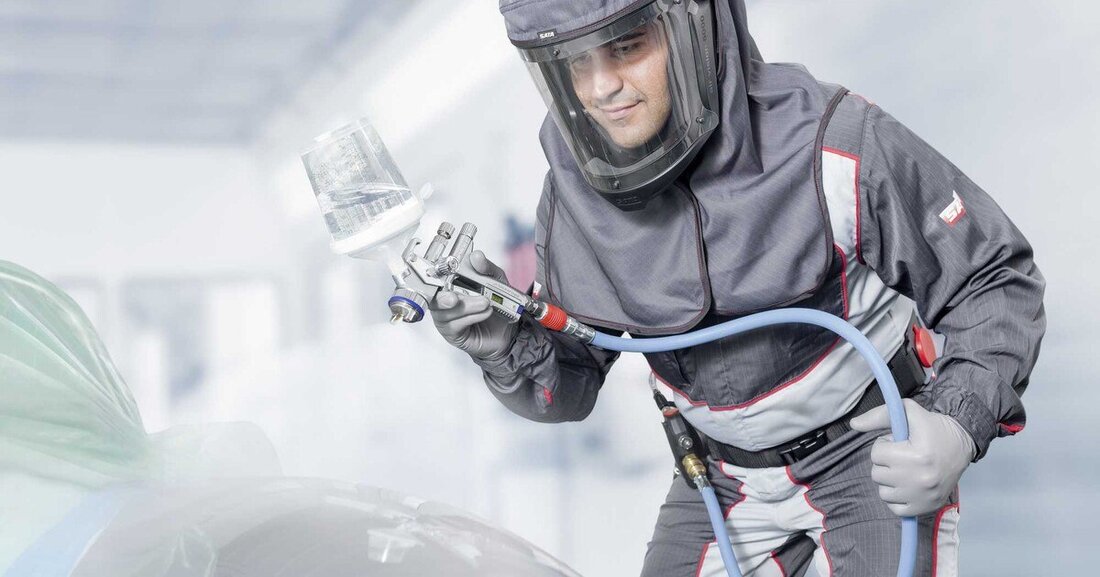Sata explains
The question keeps coming up: What is the difference between MATERIAL CONSUMPTION, application efficiency, material throughput or transfer rate? The paint gun manufacturer Sata explains this.

Sata explains


Many technical terms are often misunderstood or misinterpreted. We asked the paint gun manufacturer Sata for clarification.
MATERIAL THROUGHPUT (MATERIAL EJECTION)
The material throughput refers to the amount of material that emerges from the paint channel - and thus the paint nozzle of the paint gun - in a certain time, at a defined inlet flow pressure and the trigger guard is fully activated. The value is given in grams per minute (g/min.). This mainly depends on the size of the nozzle system, the inlet flow pressure and the specific weight (weight/volume ratio) of the material to be applied. This means: A higher input flow pressure, a larger nozzle system and a higher specific weight also mean increased material throughput. However, the material throughput says nothing about the material consumption or the application efficiency.
ORDER EFFICIENCY
Also called: transfer rate, transfer efficiency. The application efficiency indicates the amount of paint material that actually arrives on a straight surface (e.g. m² panel) after exiting the paint gun at a given input flow pressure, spray distance, spray angle and fully activated trigger bar. This is given as a percentage of the amount of material applied. In vehicle repair (cars) in Germany and many other countries, the transmission rate is defined by law and must be more than 65 percent.
MATERIAL CONSUMPTION
A meaningful and comparable statement of material consumption is difficult to define. Depending on the geometry of the object, the working speed of the painter, the spray distance, the set inlet flow pressure and the level of the required layer thickness, consumption can vary. For example, if a bicycle frame (surface area of approx. 1 m²) or a square meter panel is painted with one and the same paint gun, the material consumption for the bicycle frame is higher than for the square meter panel, despite the same application efficiency and material throughput. Conclusion: In practice, Sata recommends sticking to the paint manufacturer's instructions. In close coordination with Sata, they determined in advance the optimal material throughputs, material consumption as well as the most suitable nozzle sizes and inlet flow pressures for the corresponding paints.
It is not necessary for the vehicle painter to specify the material throughput in his everyday work, which is why this value is not specifically stated in the technical data sheets. Further information: www.sata.com/lackdaten

 Suche
Suche
 Mein Konto
Mein Konto